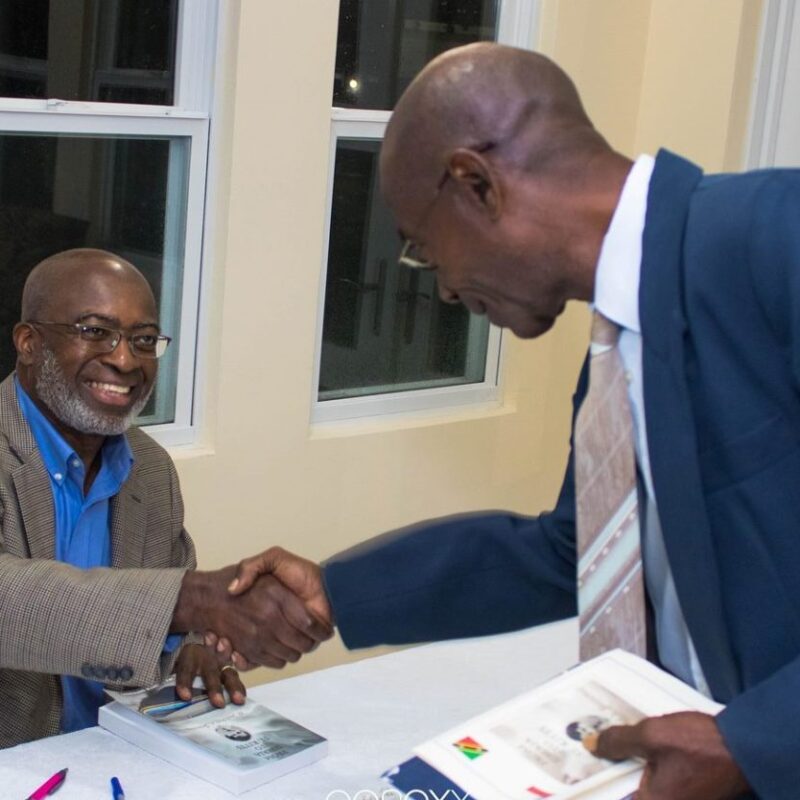Teachers leave a lasting impression, often remembered not just for what they taught but for how they taught it. In From Siberia to St. Kitts, author Ira Sumner Simmonds shares the biography of Madame Zenaida Katzen—a disciplined, multilingual educator who impacted generations of students through structure, language, and care. It is a significant contribution to the growing number of stories of great teachers, providing readers with a real-life example of dedication, strength, and quiet influence.
A Life Dedicated to Teaching Excellence
Madame Zenaida Katzen’s story is unlike most. Born in Siberia, she was educated in China and Europe, lived in Chile, and later spent decades teaching in St. Kitts. Her teaching approach combined formality with deep care, precision, with encouragement. She expected her students to rise to her standards and provided them with the tools to do so.
The structure of her classes, the clarity of her expectations, and the cultural experiences she introduced made her lessons stick long after graduation. Her life and methods present one of the most grounded and meaningful stories of great teachers, not through fanfare or fame but through consistent excellence.
Language as a Tool for Confidence and Growth
Madame Katzen believed language was more than a school subject—it was a doorway to opportunity and understanding. She insisted that students speak only the target language in class and reinforced learning through social gatherings, music, and conversation. These weren’t just lessons in vocabulary; they were lessons in how to engage with the world.
For students in St. Kitts, this type of immersive learning was rare. It gave them confidence and opened professional and personal doors. Among the stories of great teachers, this focus on language and cultural preparation stands out as both practical and empowering.
A Teacher Remembered by Her Students
What makes this biography especially powerful is that it was written by a former student. Ira Sumner Simmonds recalls his time under Madame Katzen’s guidance with clarity and appreciation. His decision to research and document her life came years after she retired—proof of her long-term influence.
Through interviews and historical research, Simmonds gives readers insight into a teacher who might have otherwise been forgotten outside her local community. This personal angle adds weight to the story. Many stories of great teachers are told by observers or writers, but this one is shared by someone who lived the experience.
Shining a Light on Overlooked Educational Impact
Madame Katzen never taught at elite institutions. She wasn’t widely published, and she didn’t seek recognition. But her students—many of whom went on to successful careers—remembered her as one of the most important figures in their education. Her impact came through consistency, high standards, and personal connection.
This kind of influence often goes undocumented. Teachers working in small communities or developing regions may not appear in educational studies or popular media, yet their work is no less meaningful. From Siberia to St. Kitts helps correct that imbalance by sharing Madame Katzen’s story with readers.
A Global Perspective Rooted in the Caribbean
One of the most unique aspects of the book is its global context. Madame Katzen’s teaching reflected her international upbringing and professional experience. She brought with her the discipline of European classrooms, the adaptability of migrant life, and the cultural richness of multilingual living. Yet she made her home in St. Kitts, where she gave her best to local students.
This blend of global and local perspectives is rare and important. Many stories of great teachers focus on one region or system. Madame Katzen’s story bridges continents, cultures, and generations—while remaining grounded in one school, in one community.
Preserving a Personal Legacy with Broad Relevance
At its heart, the book is about remembrance. Simmonds didn’t just want to thank his former teacher—he wanted others to know about her, too. In doing so, he preserves a piece of educational history that might otherwise be lost.
But this story is more than a personal tribute. It’s a resource for educators, students, and readers who value long-term impact. It encourages reflection on what really matters in education: not tools or trends but the character and care of those at the front of the classroom. This aligns the book with other enduring stories of great teachers while offering a voice not often heard in global educational narratives.
Final Thoughts
From Siberia to St. Kitts is a biography with depth, purpose, and emotional truth. It doesn’t rely on dramatic twists or exaggerated praise. It focuses instead on the steady presence of a teacher who gave her best every day in a small classroom, on a small island. That kind of impact is the foundation of real teaching.
In a world where teachers are often overlooked or undervalued, books like this serve as a powerful reminder of their importance. As readers follow Madame Katzen’s life, they gain not only a better understanding of education but also a deep appreciation for what it means to teach with integrity.
Among the many stories of great teachers, this one stands apart—not because it’s loud, but because it’s honest, thoughtful, and deeply earned.
Read From Siberia to St. Kitts and experience one of the most powerful stories.
Let Madame Katzen’s legacy remind you of the lasting impact one teacher can make.

